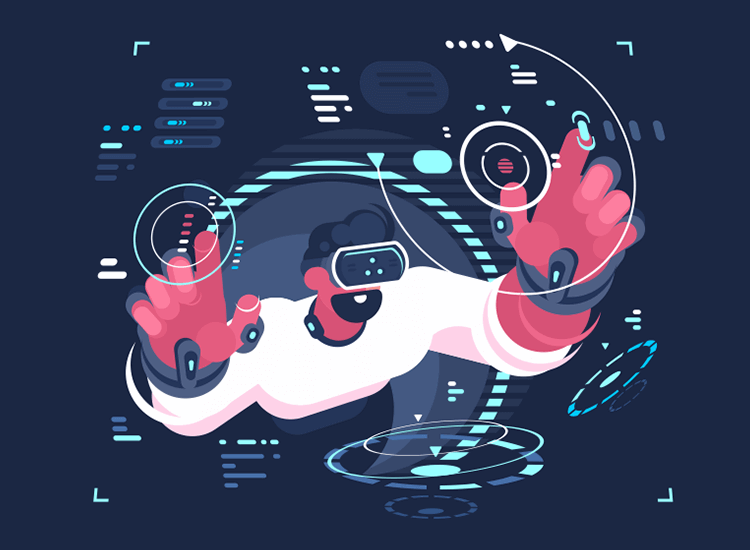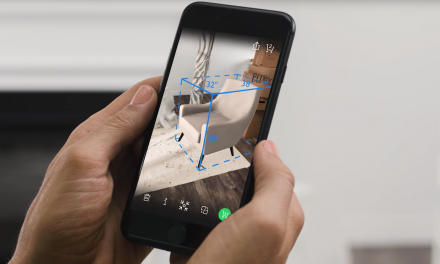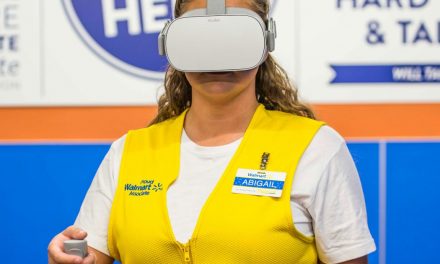Each time a new smart device is picked up, hundreds of decisions are processed in a matter of seconds. These design decisions by developers allow users to navigate and gather information quickly without focusing on unnecessary information. Psychological principles are used by designers to make this decision-making process easier for users. In new digital media like VR (Virtual Reality), AR (Augmented Reality), and XR (Extended Reality) designers use certain principles to develop new UI (User Interface) systems that allow anyone to pick up VR and have it feel intuitive and familiar.
The four psychology principles that designers adhere to, according to the UX Collective, are: Hick’s Law, cognitive load, the isolation effect, and the serial position effect. Hick’s law states, “The time it takes to make a decision increases with the number and complexity of choices.” Reducing the choices the user has allows for quicker navigation and better retention of information. Cognitive load refers to “the total amount of mental effort being used in a person’s working memory.” In other words, how much conscious thought is required by the user to navigate a UI system. “The Isolation Effect, predicts when multiple similar objects are present, the one that differs from the rest is most likely to be remembered,” meaning when prompted with a decision the user is most likely to choose the visually unique option. Finally, the serial position effect says that “Users have a propensity to best remember the first and last items in a series.”
These principals are staples in 2D UX/UI design, but few are in the conversation in the world of XR. Dhaval Joshi, Senior Project Manager at Tencent and former User Experience Researcher at Microsoft, is helping to begin the conversation on psychological design thinking on VR’s learning curve. Dhaval explains how these four pillars make up mixed reality experiences, environments, interfaces, interactions, and navigations, with the key role of each being to convey information easily and most accessibly to a user. “The goal of environment design is to manage the user’s attention by minimizing all unnecessary details that may distract users from the core purpose of the VR experience.” Dhaval goes on to suggest that we can suffer from too high of a cognitive load the more environments an experience has, “In VR when a user is moving within a space, their attention is divided between interfaces and objects in the environment. However, moving between two environments, their attention is focused more on comprehending the new environment than the interfaces, meaning we need to simplify the cognitive load by subtracting from other elements or the number of environments.”
Through his research, Joshi was able to identify some new concerns when designing experiences for VR, AR, and XR, the first being that there is a paradox if something more immersive is created and gives the user too many options. In this case, it becomes harder to hold the user’s attention when trying to achieve the desired result. Joshi states that there must be awareness of the amount of information the user is receiving, “keeping too many things in the user’s FOV can be tricky. A good reference from existing research on Attention and Reaction time is Hick’s Law”. His takeaway being “Vividness of the environment creates Immersive experiences – but also risks lower interactions with the Interfaces – we need to balance these”.
If more designers apply research similar to what Joshi has done, and what exists in the 2D space, better VR can be created for every consumer. The possibilities for VR in education and in enterprise hold vast potential, but only if designers can create the easiest means for the user to learn that information. Simplifying UX/UI design and focusing on how humans think can cut down the number of decisions needed, allowing users to focus on learning.





